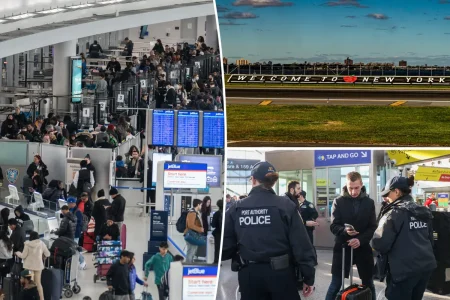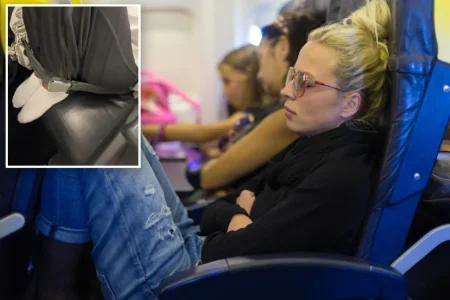The Rising Cost of Wedding Attendance: A Modern Financial Challenge
In today’s economy, many Americans face difficult financial choices, but one expense that’s increasingly causing sticker shock isn’t housing or transportation—it’s attending weddings. While we often focus on how expensive it is for couples to host their special day, guests are now facing their own financial burden that rivals the average American’s monthly rent payment. The typical wedding guest now spends approximately $2,010 to participate in a friend or family member’s nuptials, a figure that sits just above the average U.S. monthly rent according to Zillow analysis. This substantial expense includes not only attending the main event but also participating in the growing number of pre-wedding celebrations that have become customary in modern American wedding culture.
For those who accept the honor of being in the wedding party, particularly bridesmaids, the financial commitment escalates dramatically. Local weddings can cost bridesmaids between $1,500 and $2,500 according to Brides magazine, making the romantic comedy “27 Dresses” seem less like comedy and more like financial horror. These expenses encompass formal attire, professional hair and makeup services, gifts for multiple events, and participation in pre-wedding celebrations like bachelorette parties and bridal showers. The situation becomes even more challenging with destination weddings, where costs can skyrocket to $3,000-$5,000 per person when factoring in travel expenses, accommodations, and extended time away from work. What was once considered an honor is increasingly becoming a significant financial burden that many cannot comfortably bear.
Wedding-related expenses aren’t just momentarily depleting savings accounts—they’re actively driving people into debt. A 2024 Lending Tree survey revealed a troubling trend: among Americans who served in wedding parties over the past five years, nearly one-third accumulated debt as a result, with 23% falling $2,500 or more into the red. Pre-wedding festivities were identified as the primary financial culprits by 74% of those affected. Bachelor and bachelorette parties have evolved from simple nights out to elaborate weekend getaways or international trips. Bridal showers now often include expensive gifts from detailed registries, and engagement parties add yet another event requiring presents and appropriate attire. This financial pressure creates a difficult situation where close friends feel obligated to participate despite knowing the serious impact on their financial health.
The financial strain has sparked a social movement, with many potential bridesmaids now declining these traditionally coveted roles. Social media platforms like TikTok have become forums for people to express their frustration with these expectations. Content creator @wed_west captured this sentiment in a viral video declaring, “Sue me. I don’t want to spend $5k to be your bridesmaid,” adding unapologetically, “I’m not even sorry.” The video resonated with thousands who left supportive comments like, “It should not cost you more than a few hundred dollars this is all out of control,” and the darkly humorous, “do you get a refund when they get divorced?” These public declarations represent a significant shift in social norms around wedding participation and signal growing resistance to the escalating costs of celebrating others’ marriages.
This cultural conversation has even spawned new literary genres focused on navigating wedding party pressures. Writer Ruhama Wolle gained significant attention for her 2023 essay titled “To All My Friends, This Is My Bridesmaid Resignation Letter,” which articulated the complex emotions of wanting to support loved ones while protecting one’s financial well-being. The overwhelming response to her essay demonstrated that she had touched on a widespread but often unspoken concern. Expanding on this theme, Wolle authored “I Hope You Elope: A Bridesmaid Survival Guide,” scheduled for publication next year, which promises to help readers “protect their sanity and their wallets” when faced with wedding party invitations. The emergence of such resources highlights how what was once considered a simple honor has evolved into a situation complex enough to warrant strategy guides.
The tension between traditional wedding expectations and modern financial realities represents a broader societal challenge. Many young adults already struggling with student loans, rising housing costs, and economic uncertainty now face the additional pressure of expensive wedding participation or risking social relationships by declining. Couples planning weddings find themselves in equally difficult positions, balancing their vision for their special day against the financial burden it places on loved ones. This evolving wedding culture calls for more open conversations about expectations and finances between couples and their potential wedding party members. Perhaps the most meaningful trend emerging from this discussion is a growing emphasis on what truly matters in celebrations of love—the genuine presence and emotional support of loved ones, rather than elaborate events that strain friendships and finances alike. As wedding seasons come and go, finding this balance may become the most important “I do” of all.















